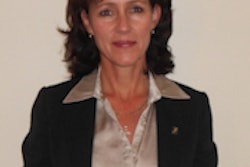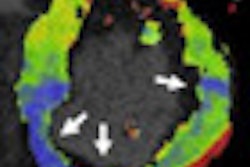Dear AuntMinnieEurope Member,
Simmering resentment over academic publishing policies broke into the open last month when a group of mathematicians announced a boycott of publishing giant Elsevier. But the boycott appears to be gaining little traction in radiology, where Elsevier publishes dozens of books and journals, including the European Journal of Radiology.
AuntMinnieEurope.com associate editor Frances Rylands-Monk spoke with EJR's editor-in-chief, Dr. Hans Blickman, in a wide-ranging interview that touched on the ways in which academic publishers are reacting to a changing publishing environment. While Dr. Blickman said he's seen little impact in radiology from the boycott talk, he acknowledged that publishers are adapting to the online world.
For one thing, hard-copy issues are becoming a thing of the past, as witnessed by EJR's own shift to electronic access. Open-access content -- in which published articles and even entire journals are available free of charge -- also is becoming more common. Read more insights by clicking here.
Do guidelines for intravenous contrast administration need revision? That's the intriguing question posed by Swedish researchers, who report on the safety of IV contrast versus intra-arterial contrast administration in an article in our CT Digital Community. They believe that existing guidelines favor IV administration, despite evidence that intra-arterial contrast might be a wiser approach.
Also in the community, German researchers took a look at the benefits and drawbacks of using CT for detecting spinal injuries in blunt trauma cases. While CT is commonly used in these cases, they found that CT missed some cases, and there was still some uncertainty.
In our Molecular Imaging Digital Community, Swiss researchers have discovered that PET/CT scans with the radiopharmaceutical choline can change treatment plans for some patients with recurrent prostate cancer.
Finally, read Dr. Anagha Parkar's thought-provoking essay on whether gender still matters in radiology by clicking here.




















